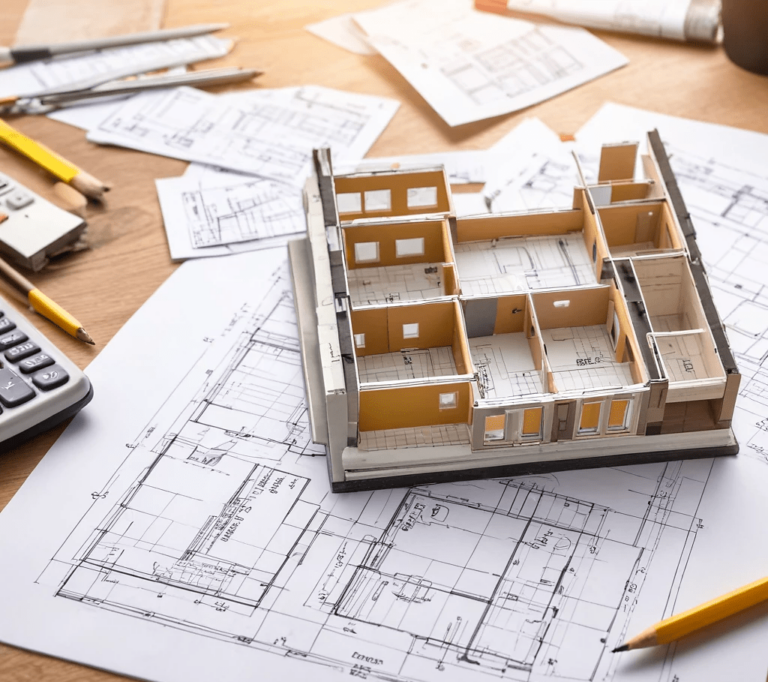Designing for Clients: How to Manage Expectations and Deliver Outstanding Results

Managing client expectations is crucial to delivering successful interior design projects. Here’s how to balance client desires with practical design solutions and ensure satisfaction every step of the way:
1. Set Clear Expectations from the Start
At the beginning of any project, have a clear conversation with your client about their goals, budget, and timeline. Define what is realistic and what can be achieved within their constraints. Setting realistic expectations early on helps prevent misunderstandings later in the project.
2. Maintain Open Communication
Open and regular communication is key to managing expectations. Update clients on the progress of the project, any issues that arise, and any changes to the timeline or budget. Be transparent about challenges and solutions, and make sure the client is involved in decision-making processes.
3. Be Realistic About Budget and Timeline
It’s easy for clients to get excited about their dream design, but it’s your responsibility to guide them to reality. Be clear about what can be achieved within their budget and timeline. If they want to include additional features that exceed the budget, help them prioritize and decide what’s essential.
4. Educate Your Clients
Educating your clients about the design process can help them understand the time and effort required for each stage. Explain how certain decisions—such as choosing high-end materials or custom furniture—may take longer or cost more. This builds trust and sets the right expectations.
5. Address Concerns Proactively
If issues arise during the project, address them immediately and involve the client in finding a solution. Clients appreciate transparency and proactive problem-solving. This not only helps keep the project on track but also builds client trust.
6. Show Your Expertise
Clients hire you for your expertise, so don’t be afraid to guide them through the design process with your professional insight. If a client’s vision isn’t feasible or would result in poor functionality, be prepared to offer alternatives and explain your reasoning.
7. Deliver Beyond Expectations
Going the extra mile to deliver results that exceed client expectations will lead to satisfied clients and potential referrals. Small details, thoughtful touches, and flawless execution can make a huge difference in how clients perceive the final design.
Conclusion
Managing client expectations is all about communication, transparency, and professionalism. By setting clear expectations from the start, maintaining open communication, and delivering beyond expectations, you can ensure a successful design project and satisfied clients.






